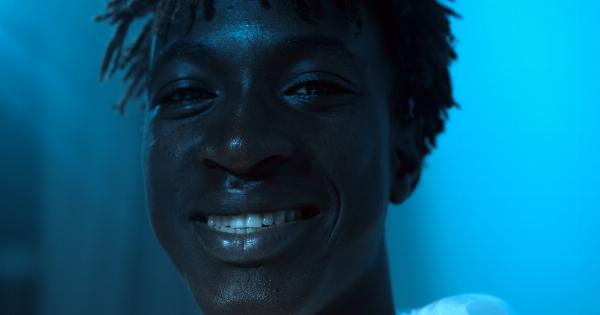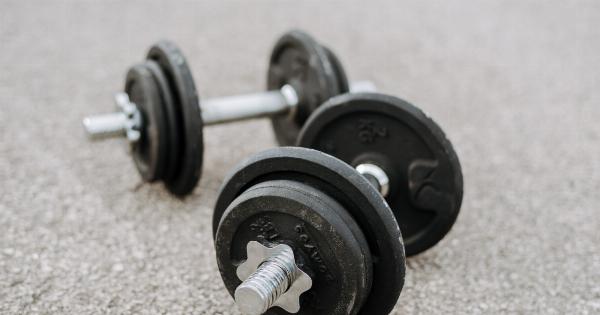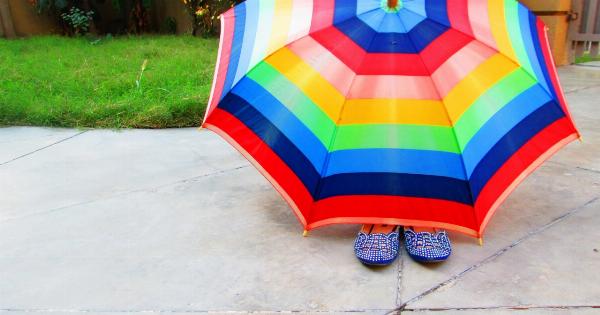Exposure to the harmful ultraviolet (UV) rays of the sun can have detrimental effects on our eyes. Prolonged and unprotected exposure to the sun can lead to a wide range of eye problems, including cataracts, macular degeneration, and even cancer.
While everyone is susceptible to these risks, there are certain groups that are particularly vulnerable to eye damage from the sun. This article explores and highlights these vulnerable groups and offers insights into how they can protect their eyes from the sun’s harmful rays.
1. Children
Children spend more time outdoors than adults and often have less awareness of the potential dangers of sun exposure. Their eyes are still developing and are more sensitive to UV radiation.
It’s essential to ensure that children in our care are equipped with proper eye protection such as sunglasses or broad-brimmed hats, especially during peak sun hours.
2. Outdoor Workers
Individuals who work outdoors, such as construction workers, farmers, or lifeguards, are exposed to the sun’s rays for long hours. This prolonged exposure increases their risk of eye damage.
These workers should prioritize wearing protective eyewear, including sunglasses with UV protection, to shield their eyes from harmful radiation.
3. Individuals with Light-colored Eyes
People with lighter eye colors, such as blue or green, have less pigment in their iris to protect against UV radiation. As a result, they may be at higher risk of eye damage from the sun.
Regular use of high-quality sunglasses and wide-brimmed hats can go a long way in safeguarding their eyes.
4. Those with a History of Eye Conditions
Individuals with a history of certain eye conditions, such as cataracts, retinal dystrophies, or corneal diseases, may be more susceptible to sun-related eye damage.
Consulting with an eye care professional and following their recommendations for protection is crucial for individuals with pre-existing eye conditions.
5. Contact Lens Wearers
Contact lens wearers should be aware that UV rays can be more harmful when absorbed through the thin tissue of the eye. Some contact lenses offer UV protection, but they cannot cover the entire eye.
It is essential for contact lens wearers to wear sunglasses with proper UV protection to safeguard their eyes completely.
6. Older Adults
As we age, our eyes become more vulnerable to damage from the sun. The lenses in our eyes can become less effective at filtering out UV rays, increasing the risk of eye diseases.
Older adults should prioritize wearing quality sunglasses, preferably with wrap-around styles, to provide maximum protection to their eyes.
7. Individuals at Higher Altitudes or Near Water
Higher altitudes and proximity to water can intensify the sun’s rays. UV radiation increases by around 10% for every 1,000 meters above sea level, and water can reflect up to 100% of UV rays, significantly increasing the exposure.
People residing in mountainous regions or spending time near water bodies should take extra precautions by wearing sunglasses with UV protection and broad-brimmed hats.
8. Those on Certain Medications
Some medications can cause photosensitivity, making the eyes more susceptible to sun damage. Medications such as antibiotics, diuretics, and certain acne medications can increase the risk.
Individuals taking these medications should consult their healthcare provider or pharmacist to discuss any necessary precautions to protect their eyes from UV radiation.
9. Outdoor Sports Enthusiasts
People who actively participate in outdoor sports such as golf, surfing, skiing, or snowboarding often spend extended periods under the sun. The combination of intense sunlight and reflective surfaces increases the risk of eye damage.
Wearing appropriate sports sunglasses designed for the specific sport, along with wide-brimmed hats, is crucial for protecting their eyes during these activities.
10. Individuals Living in Sunnier Climates
People residing in regions with high sun exposure, such as tropical or desert climates, are naturally at a higher risk of developing sun-related eye conditions.
Living in these areas necessitates adopting consistent eye protection measures, including wearing sunglasses with full UV protection and regularly visiting an eye care professional for check-ups.




























